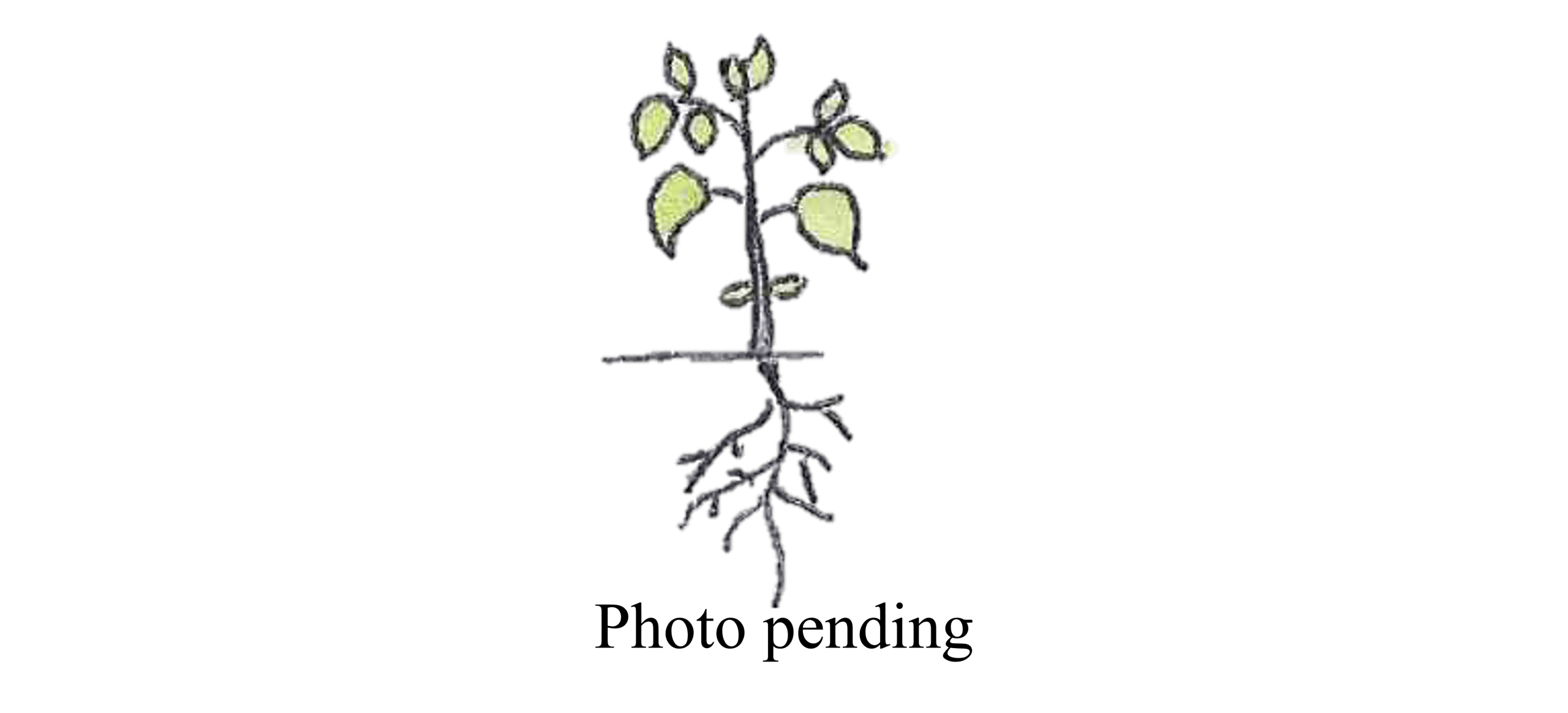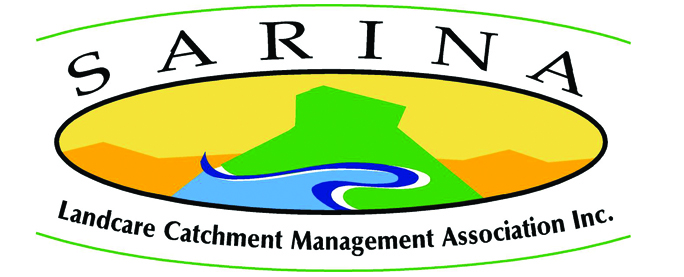White bolly gum
Neolitsea dealbata, Fam. Lauraceae

Tall shrub to small tree, sometimes buttressed with brown pimply bark, slightly scaly in older trees, scales shed in irregular flakes. The leaves are clustered in pseudo-whorls and markedly drooping. dealbata from the Latin ‘dealbatus’ white washed referring to the underside of the leaves.
| Weed Category: | |
| Weed: | No |
| Form or habit: | Shrub, Small tree |
| Family: | Lauraceae |
| Leaf: | Simple, alternate but grouped in pseudo-whorls, entire, lanceolate or elliptic, 8-22 x 3.5-8.5cm, smooth, glossy green above and with a grey white, waxy bloom below. Pale brown to rusty hairs occur along the veins below. Three veined from the base, two to six pairs of primary veins. Domatia absent. Oil dots visible with a hand lens. Petiole 7-24mm long. Pale and soft when young. |
| Flower conspicuous: | Conspicuous |
| Flower colour: |
Yellow, Brown, Cream |
| Flower description: | Axillary clusters of small cream to pale brown or yellow flowers on older wood rather than outer branchlets. Dioecious, sometimes fragrant. February to July. |
| Fruit conspicuous: | Conspicuous |
| Fruit colour: |
Black, Red |
| Fruit: | |
| Fruit description: | Globular drupes, red maturing to black when ripe, 9-11 x 8.5-11.8mm, seated on a broad, flat, four segmented disc formed from the enlarged perianth. January to July. |
| Habitat: | Gallery (riverine or riparian) forest, rainforest. |
| Distribution | Queensland, New South Wales, New Guinea. |
| Food source for: | Fruit eaten by the spectacled flying fox, southern cassowary, brown cuckoo dove, rose crowned, superb and wompoo fruit doves, topknot and white headed pigeons, varied triller, Victoria’s riflebird, green and spotted catbirds and the golden, satin and tooth billed bowerbirds. Larval food plant of the bronze flat, eastern dusk flat and purple dusk flat butterflies. |
| Toxicity: | No toxicity known |
| Origin: | Australia, New Guinea. |
| Notes: | Common in rainforest growth. Grow from fresh seed from which the flesh has been removed. Seed often germinate quickly but may take over six months. Timber is light brown, streaky and light weight, but too small to be used commercially. |
| Information sources: | Melzer R. & Plumb J. (2007) Plants of Capricornia. |



